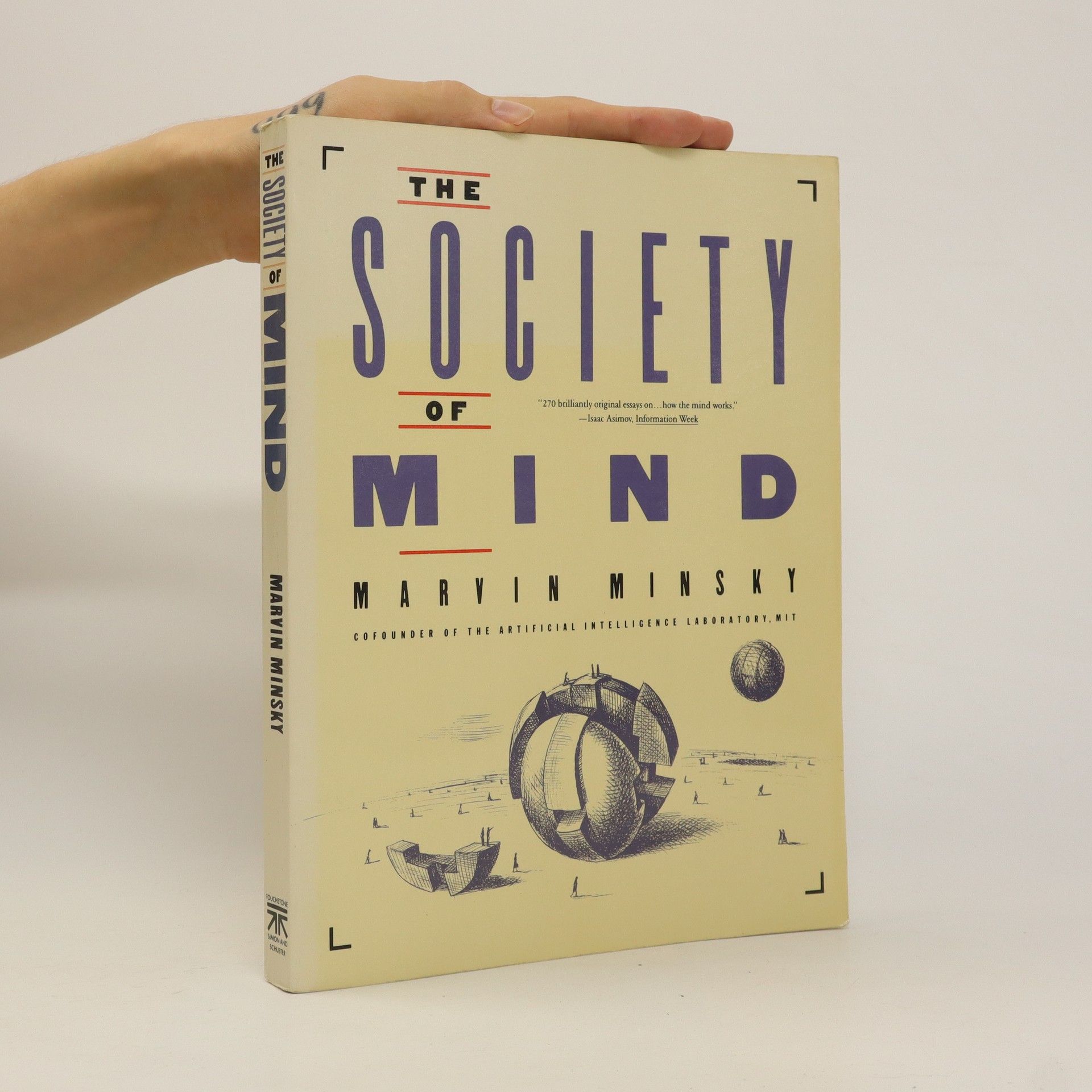Mentopolis
- 342 Seiten
- 12 Lesestunden
Marvin Minsky, einer der Pioniere der Computerwissenschaft, macht sich Gedanken über die Selbsterkenntnis des menschlichen Geistes: "Mit diesem Buch will ich zu erklären versuchen, wie Geist funktioniert. Wie kann Intelligenz aus Nicht-Intelligenz entstehen? Um diese Frage zu beantworten, werde ich zeigen, wie man Geist aus kleinen Teilen zusammensetzen kann, die jedes für sich ohne Geist sind. Ich nenne diesen Entwurf 'Mentopolis', von lateinisch mens und griechisch polis, wörtlich 'Die Geistesgesellschaft', da ihm zufolge jeder Geist aus vielen kleinen Prozessen entstanden ist . . ."






